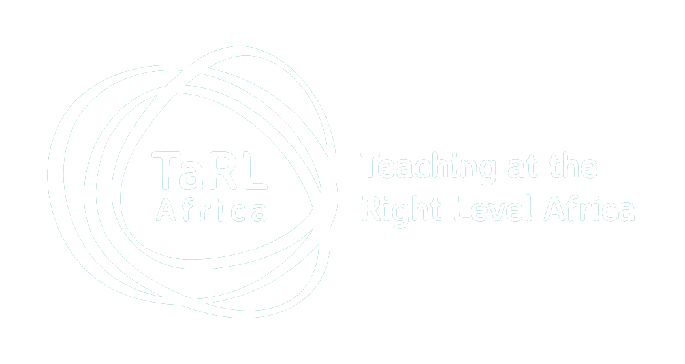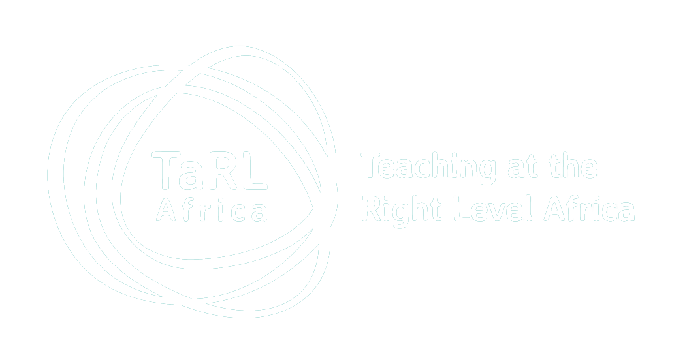
Children in a PEC classroom in Côte d’Ivoire read a short paragraph. Photo: Samyukta Lakshman
The Challenge
The COVID-19 pandemic has meant the sudden closure of schools across the world. According to UNICEF, as of 20 April 2020, over 1.6 billion students (91% of the global population) were affected by COVID-19 related school closures. Some of these students will continue to learn in their homes while schools are closed. Many will learn very little.
Prior to the outbreak of the COVID-19 pandemic, many countries across the world were facing a learning crisis with many children exiting primary schools without basic reading and arithmetic skills. For example, over 80% of Grade 2 students in Ghana and Malawi and over 40% in Uganda and Zambia could not read a simple word in 2017. Over 60% of Grade 2 students in Ghana and Uganda and over 50% in Kenya could not perform two-digit subtraction in 2017.
School closures threaten to make education outcomes even worse. However, this may be an opportunity to do things differently and better when schools resume. Schools are slowly beginning to reopen. Can schools open in a new way? It’s clear that 2020 is a different year. In addition to catching up with schoolwork, children will be grappling with fear, anxiety and detachment from family. Hence, it is important to re-engage children at school differently to the normal – in an environment where learning can continue. School systems should allow teachers and children time to reconnect, welcoming children back into school and celebrating the efforts of families during the lockdown. If schools are a place of learning and fun, students will be eager to attend.
School systems should give time for children to “catch up” as foundational skills may have been forgotten during school closure. They should quickly find out where children are in learning levels when school starts, set three-monthly goal posts, collect simple data regularly on these goals, and reflect regularly on what’s working and not working in helping students.
An Evidence-Based Way to Accelerate Learning
Teaching at the Right Level (TaRL) is an evidence-based intervention proven to quickly equip children in grades 3-5 with basic reading and arithmetic skills. For two decades, J-PAL and Pratham have collaborated to develop a cost-effective, scalable TaRL approach through experimentation and learning in India. The TaRL approach, when effectively implemented, has consistently improved foundational reading and math outcome. TaRL Africa, a joint venture by Pratham and J-PAL, was formed to support the rapid growth of TaRL approaches in Africa. Governments or NGOs in twelve African countries are currently implementing TaRL approaches.
At a classroom level, TaRL consists of simple steps:
- Assess children one on one through a simple oral reading and mathematics test
- Group children by learning level rather than by age or grade
- Focus on foundational reading and mathematics for a period of the day or year using a combination of activities proven to promote the acceleration of learning outcomes. Some of these activities include:

Sticks and bundles to help learners understand place value
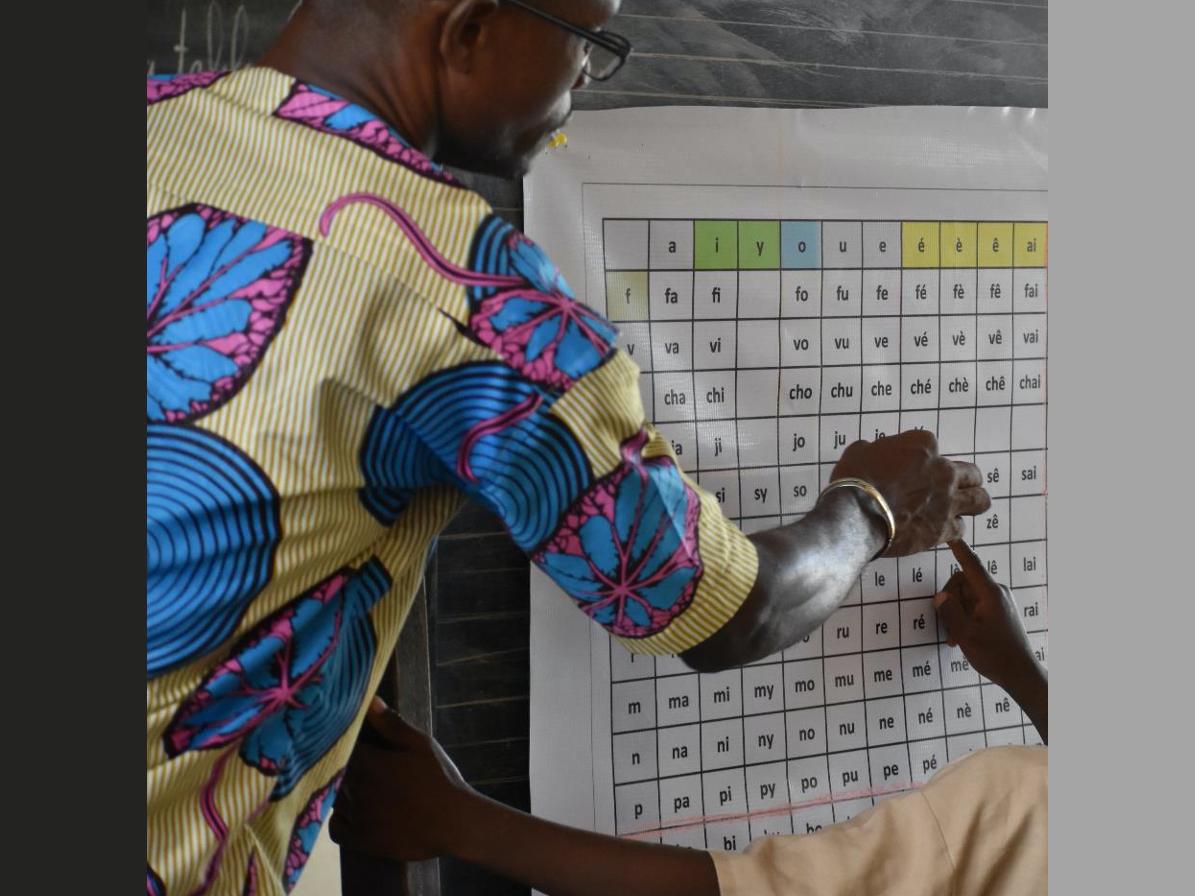
Syllable charts to kickstart reading
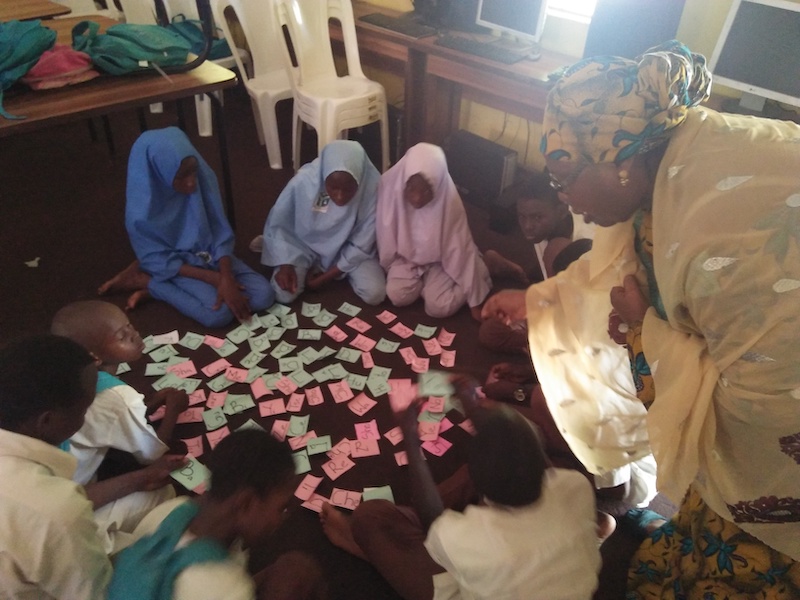
Letter cards to build words
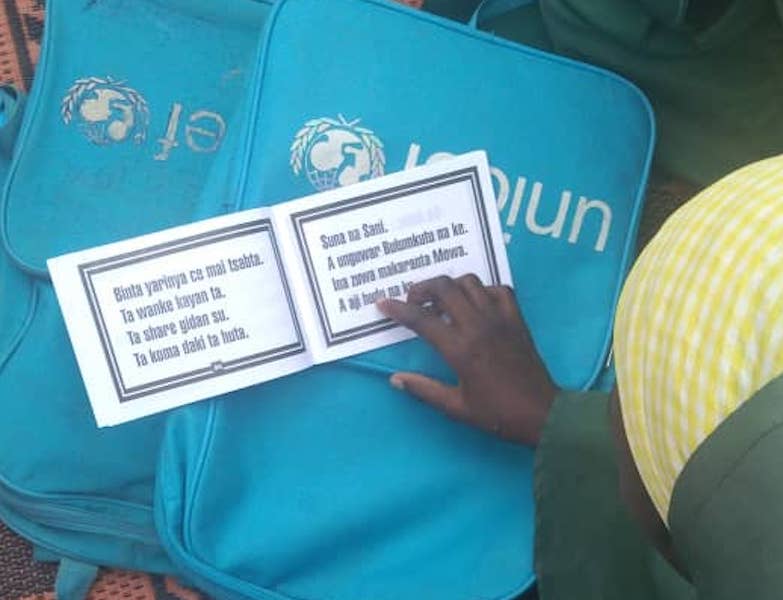
Simple paragraphs – lots of reading

Mind maps to fuel ideas
When planning for these interventions, we encourage governments and their partners to remember the lessons learned so far about how to ensure TaRL effectively improves learning outcomes. A recurring theme is that any time TaRL has been tried simply as a teaching training programme, it has not improved learning outcomes. However, TaRL programmes that included strong mentoring systems consistently have been proven to be effective. In these proven models, mentors themselves received strong support, including conducting 3 weeks of “practice classes” to try out the TaRL approach for themselves before training others and having regular reflection meetings to reflect on teachers’ progress in improving learning outcomes.
I’m interested. How can I get started?
TaRL has been successfully implemented in a variety of contexts with a variety of implementation models. Which implementation models are right for your context? If you’re interested in implementing a TaRL approach, we first recommend you reach out to the TaRL Africa team. They now have experience working with partners in over ten African countries and can work with you to think about how to adjust TaRL to be the most effective in your setting. We also recommend that you review the TaRL Africa website. The website includes much detail on how to set up TaRL programmes to be successful. We also send out a newsletter, run webinars to share lessons, and promote discussion amongst TaRL implementers. In fact, partner organisations across the continent form the active and vibrant TaRL Community of Practice, fueling ideas and lessons to improve TaRL implementation on the continent.
How TaRL can be most effectively adopted when school resume to accelerate learning will be dependent on a number of contextual factors, but if you are considering the applicability of the approach for your context you may want to consider the following:
Set a dedicated time for TaRL
A dedicated time for TaRL classes helps teachers and students stay focused on making progress. This could be two hours a day for reading and arithmetic for 6 to 12 months. Alternatively, TaRL can be conducted in bursts or “camps”. This would involve 3-4 hours of TaRL a day for 10-20 days followed by a break before another burst of instruction (for a total of 50-60 days). These models have been proven to be effective in a randomised evaluation in India.
Build TaRL teams to support the approach
- TaRL Facilitators can be teachers, paid facilitators, or volunteers. Evidence suggests teachers require dedicated time and strong mentoring to be effective facilitators. Teacher-led TaRL models which are embedded into the school-day can reach large scale quickly and inexpensively. Volunteers or paid facilitators can reach large scale through rotating which schools they support through a burst model, although payment and management would need to be carefully crafted. In order to run TaRL, facilitators usually receive about a week of in-person training.
- TaRL Mentors support and strengthen facilitation in the classroom. Ideally, mentors are trained in the approach by seasoned TaRL teams. They then conduct their own TaRL classes for 15-20 days, tracking their progress from baseline to endline. They reflect on this progress with other mentors and an experienced TaRL leader. They then are ready to train and support the facilitators.
- Support Teams required to coordinate different actors and ensure that the different components of TaRL are in sync and that the programme is designed as delivered. In government systems, these support teams often oversee districts, provinces or states. In NGO-run programs, they are often NGO staff. They should convene regular reflection meetings to review progress in learning outcomes changes. They can also provide leadership and support to the mentors and facilitators by hosting refresher trainings, checking on implementation and troubleshooting problems.
Teaching-learning materials
Teaching-learning materials help support the acceleration of learning in the classroom. Materials need to be designed to suit different contexts. The TaRL Africa team now has experience supporting teams in many countries and contexts in designing materials for their contexts. While Pratham has designed a core TaRL methodology, it is critical to adapt materials to the local languages and contexts.
Contact Us
The TaRL Africa team is happy to help think through how the TaRL approach could be adopted to accelerate learning when children resume school. If you are interested, please get in touch.
TaRL Africa is hosting a webinar on Accelerating Learning When Schools Resume on 29 July at 12:30pm CAT. Please register to attend.
